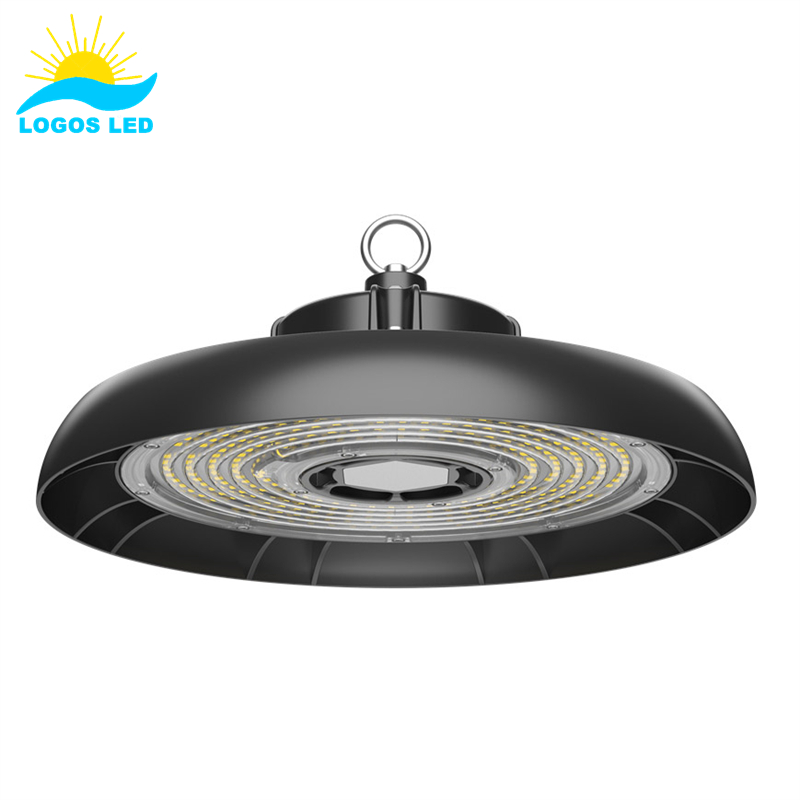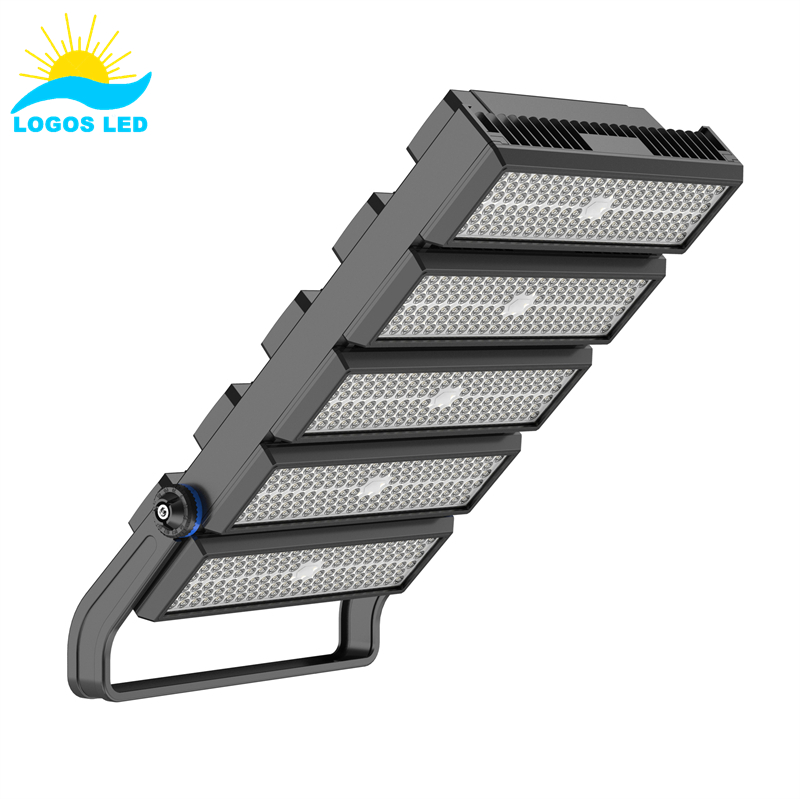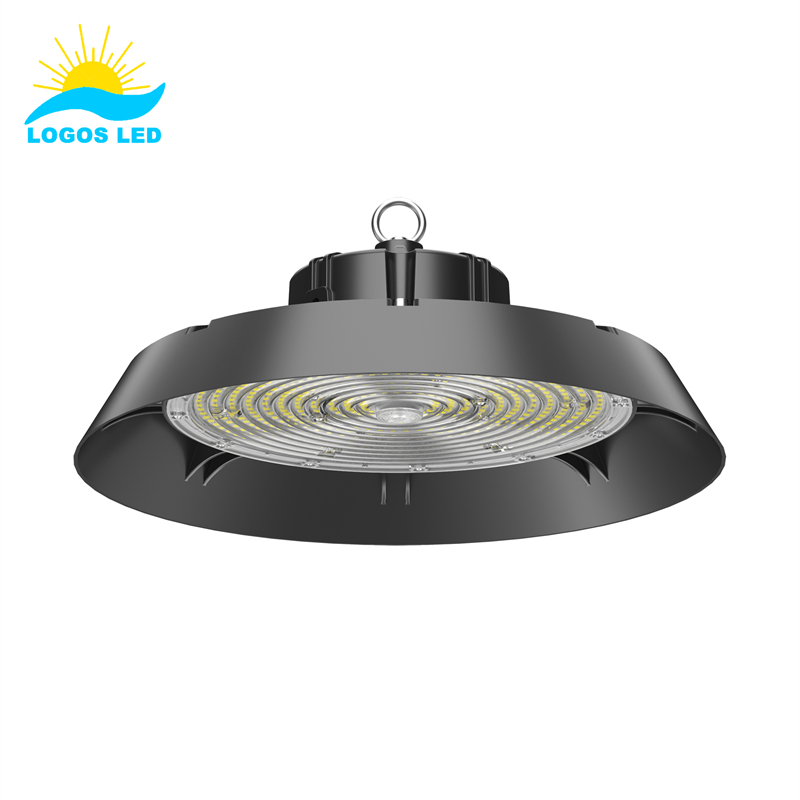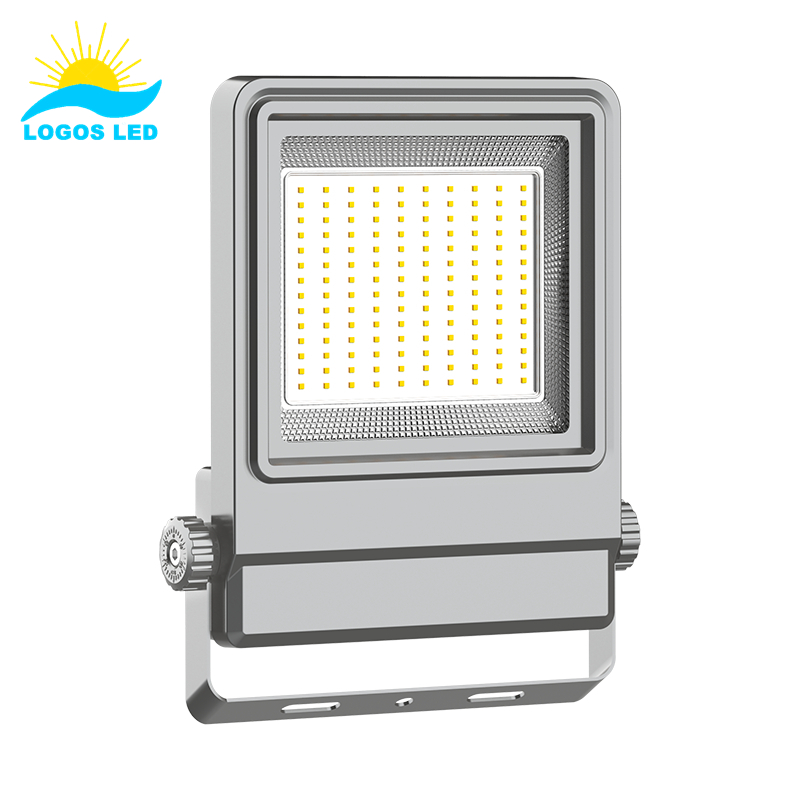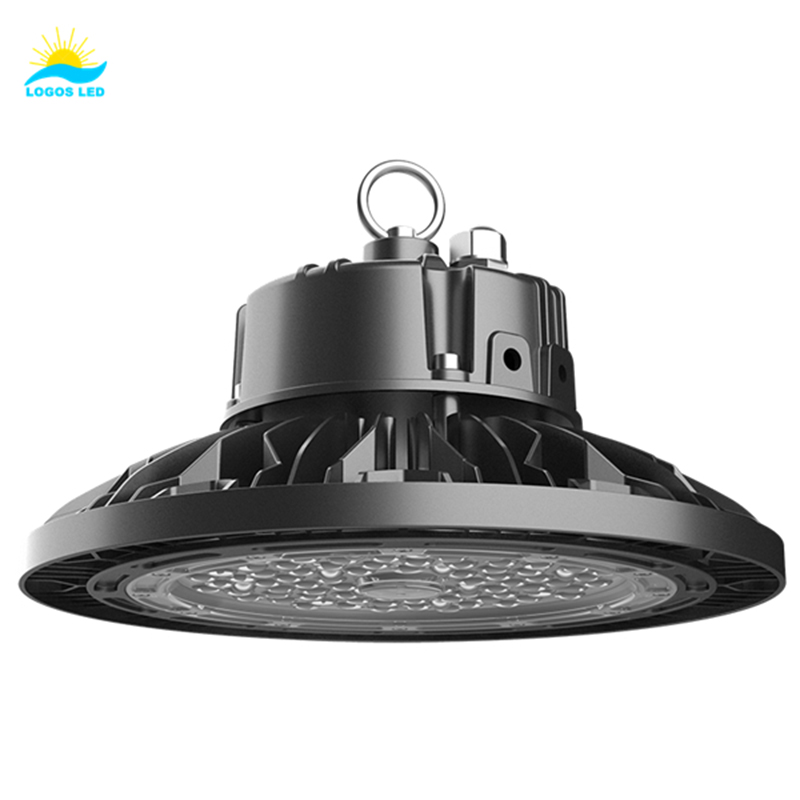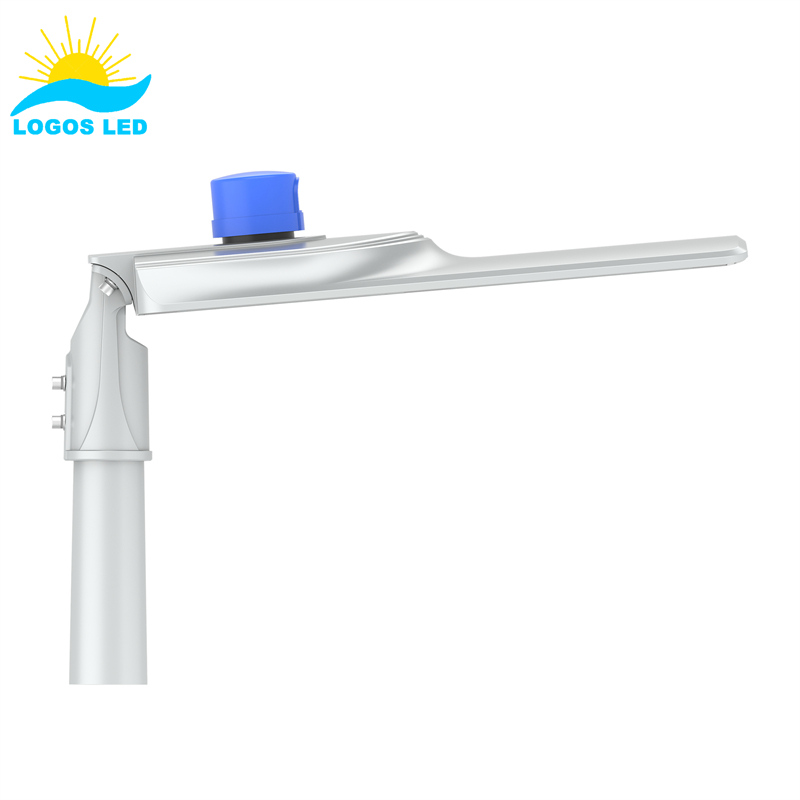Ever struggled with inefficient traditional lights? These lighting systems consumed too much energy, drove your electricity bills through the roof, and harmed our environment. Without a better solution, businesses wasted money and resources. Thankfully, LED lighting technology stepped in to transform our lighting systems, solving these problems effectively.
LED lighting technology history has evolved rapidly—from its earliest invention to versatile applications today. LEDs were first created in the early 1960s when scientist Nick Holonyak Jr. introduced the first practical visible-spectrum LED. Initially, LEDs emitted dim red light and found limited usage. Through continuous innovation, LED technology saw breakthroughs in brightness, color range, reliability, and energy efficiency. LEDs are now widely used, from simple indicators on devices to powerful floodlights. This evolution of LED technology has drastically reduced energy consumption and supported sustainable lighting solutions. Today, LEDs are everywhere—in industries, streets, sports stadiums, and even our homes—offering better illumination, efficiency, and longevity.
Want to understand how this revolutionary technology grew step-by-step? Stick with me, and let’s dive deeper into the fascinating journey.
Table of Contents
When and How Were LEDs First Invented?
To understand LEDs clearly, we must look back to 1962. At General Electric, a scientist named Nick Holonyak Jr. invented the first visible-spectrum LED. Unlike today’s powerful LEDs, these early versions gave off very dim red lights. The early invention didn’t attract much attention due to brightness limitations and high production costs. At first, they were only used as indicators in electronic devices and machines. However, scientists knew LEDs held great promise. Interest quickly grew, leading several companies and researchers to improve LEDs’ brightness and efficiency. Thus, the humble beginning planted seeds that paved the way for modern LED lighting solutions.
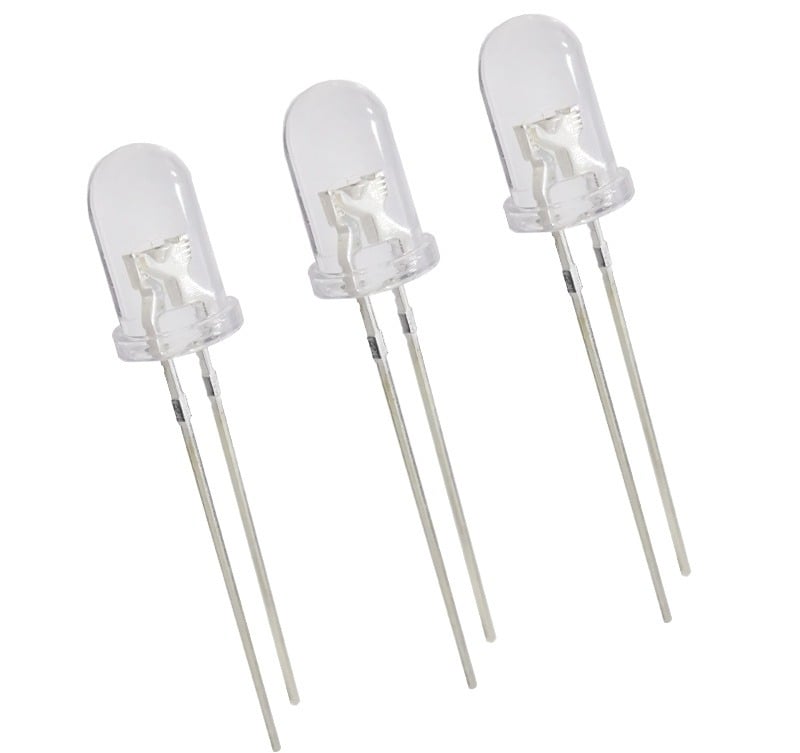
How Has LED Technology Evolved Over the Decades?
LED technology has evolved dramatically over the decades, starting in the 1970s and 1980s with LEDs available mainly in red, green, and amber, used primarily in indicators and displays. These LEDs were not yet bright enough for room lighting. In the 1990s, a pivotal moment occurred when Shuji Nakamura invented the blue LED, enabling the creation of white LED lamps. This breakthrough paved the way for LED lighting systems to be used in homes, businesses, and outdoor settings.
Since then, advancements have focused on enhancing brightness, color accuracy, durability, and affordability. Modern LED luminaires outperform traditional lighting solutions, offering up to 75% energy savings, superior quality of illumination, and lifespans of 50,000 to 100,000 hours, making them a preferred choice for a variety of applications, including sports lighting.
What Are the Biggest Technical Breakthroughs in LED Lighting?
LED lighting has undergone several transformative technical breakthroughs. The first major breakthrough was the invention of blue LEDs in 1993, which allowed for the creation of white LEDs essential for general lighting applications. Another significant advance was the development of improved semiconductor layering techniques, which increased LED efficiency and brightness. The integration of high-quality LED chips from reputable brands like Lumileds, Osram, and Seoul further enhanced the reliability and consistency of LED products, as seen in companies like Logos Lighting. These innovations have helped LED technology surpass traditional lighting in terms of energy efficiency, lifespan, and light quality.
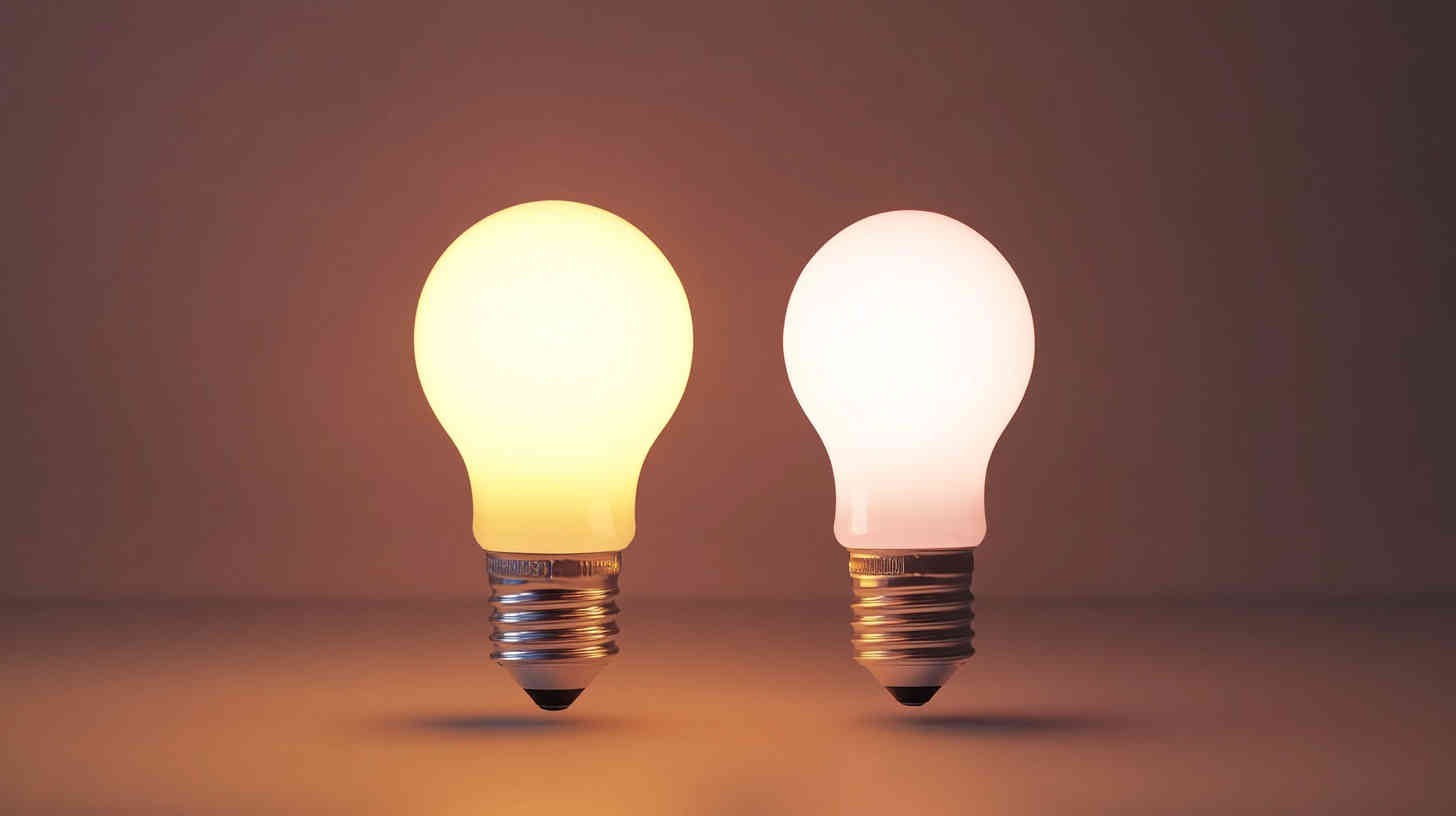
Why Did LED Lighting Begin Replacing Traditional Lighting Systems?
One clear reason LED lighting began replacing traditional systems is energy efficiency. LED lights use up to 80% less energy than incandescent lights. This reduced energy usage results directly in substantial cost savings. Additionally, traditional lamps frequently burned out, needing regular replacements. However, LEDs last incredibly long, reducing maintenance costs considerably. Plus, LEDs don’t produce extreme heat or UV radiation, making them safer and suitable for sensitive applications. Given all these clear advantages, it’s no surprise businesses and homes eagerly shifted toward energy-efficient lighting systems.
How Has LED Technology Impacted the Lighting Industry?
LED technology significantly reshaped the lighting industry landscape. Older lighting technologies gradually became obsolete as LEDs offered greater reliability, cost-effectiveness, and flexibility. At Logos Lighting, we produce customized LED luminaires, enabling wholesalers, contractors, and end-users to find lighting solutions tailored precisely to their needs. By meeting high-quality standards, leveraging specialized suppliers and major brands like Philips, Osram, or Meanwell, reputable manufacturers now integrate LED technology widely. Today, the lighting market emphasizes sustainability, efficiency, and customizable designs—all driven by the massive impacts from LED innovation.
What Industries Benefit Most from LED Lighting Today?
LED lighting provides significant benefits to various industries today:
- Factories and Warehouses: These settings utilize high bay and vapor-tight LED fixtures, replacing energy-inefficient lamps. LEDs offer reduced energy consumption and improved lighting quality, which is crucial in large spaces.
- Sports Centers: Powerful sports and floodlights ensure excellent visibility for athletes and spectators. LED lighting systems provide flicker-free illumination with no warm-up time, consuming up to 75% less energy than traditional systems and offering longer lifespan.
- Urban Planning: LED street lights are increasingly preferred for their safety, reliability, and cost efficiency. They enhance public safety with better illumination and lower energy costs, transforming urban environments.
- Fishing Industry: Specialized LED fixtures are designed to withstand marine conditions, offering durability and efficiency in challenging environments.
Across all these sectors, LED lighting fixtures reduce operational costs, offer better lighting quality, and provide longer service lifetimes, making them ideal for diverse applications.
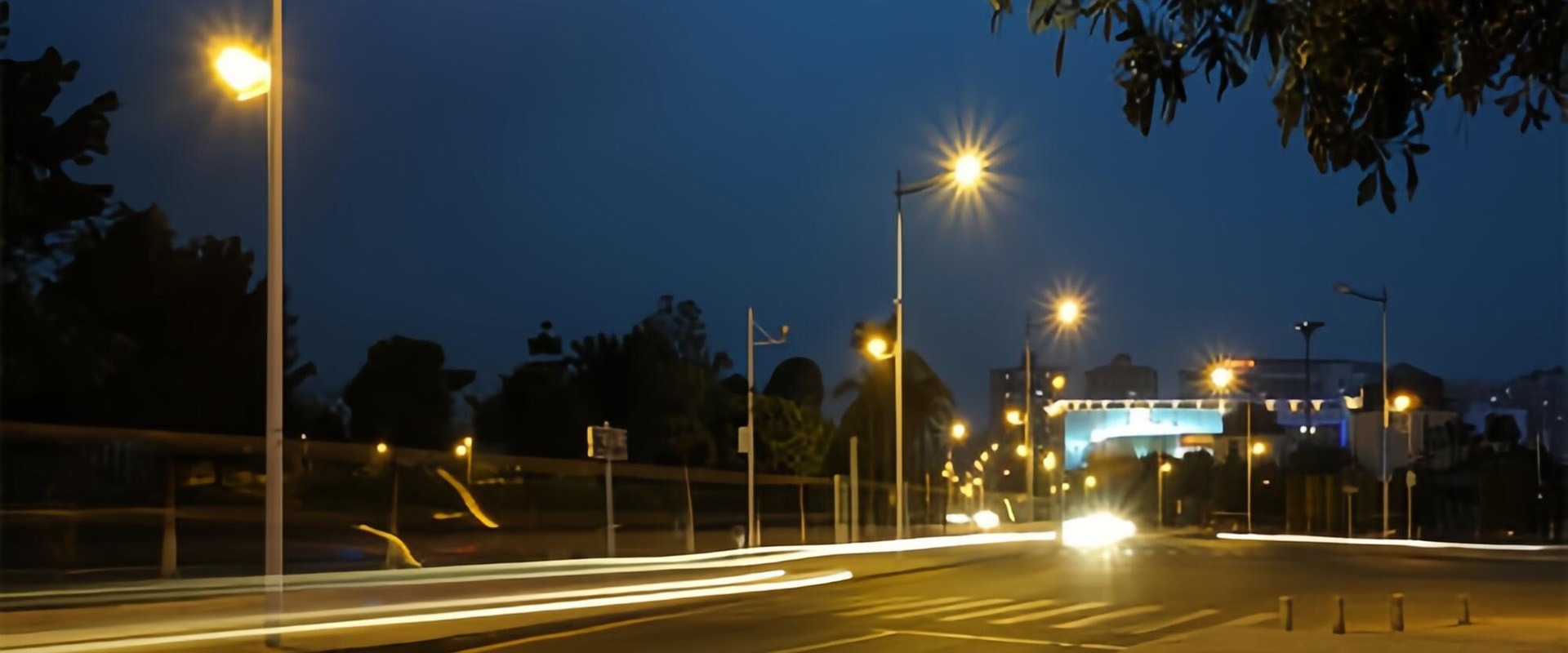
How Does LED Lighting Support Sustainable Lighting Solutions?
LED lighting supports sustainable solutions in several key ways:
- Energy Efficiency: LED lights consume significantly less energy compared to traditional lighting, which reduces electricity bills and greenhouse gas emissions, making them a more sustainable choice.
- Environmental Safety: Unlike conventional lamps that contain harmful mercury, LEDs are free from toxic materials, contributing to safer disposal and reduced environmental impact.
- Longer Lifespan: With lifespans ranging from 50,000 to 100,000 hours, LEDs require fewer replacements, minimizing waste and reducing the demand for manufacturing resources.
- Durability and Reduced Material Use: LEDs are robust and durable in various environmental conditions, which helps reduce material use and disposal, further supporting environmental protection.
By transitioning to LED lighting, industries such as factories, sports fields, and urban planning can cut energy costs and align operations with sustainability goals, supporting both environmental preservation and economic efficiency.
What’s Next in LED Lighting Innovations?
Innovations in LED lighting continue advancing. Emerging trends include human-centric lighting design—which utilizes adjustable LEDs to benefit people’s natural circadian rhythms. Technological breakthroughs offer smarter, more customizable, and connected lighting solutions controlled remotely through mobile apps or monitoring systems. Advanced LED systems integrate with sensors and artificial intelligence, automatically adjusting brightness, color temperature, or timing according to users’ preferences or environmental conditions. Expect significant advancements that further enhance personalization, efficiency, and automation in lighting within a rapidly evolving futuristic landscape.

How Do I Choose the Right LED Lighting Supplier?
Choosing the right LED lighting supplier involves several key considerations:
- Quality Control: Ensure that the supplier rigorously tests their products to guarantee reliability and performance.
- Reliable Logistics: Partner with suppliers who offer dependable shipping and transparent communication to prevent delays or misunderstandings.
- Customized Solutions: Look for suppliers that provide flexible, bespoke solutions tailored to meet your specific needs, which is crucial for unique projects.
- Reputable Components: Choose suppliers that use high-quality chips and drivers from renowned brands, backed by reliable warranties.
- Comprehensive Support: Select suppliers that offer comprehensive services, including design, installation, and maintenance to streamline your project and ensure seamless communication.
By focusing on these factors, you can select a supplier that aligns with your requirements and supports the success of your lighting projects.
Today, LED lighting technology continues evolving—guaranteeing better, brighter, and more customized solutions. From the invention decades ago to modern flexible applications, LED innovation transformed illumination into a cost-effective, efficient, sustainable technology. At Logos Lighting, we remain committed to quality and customized LED lighting solutions supporting your unique requirements.
Ready for high-quality and customized LED lighting solutions? Contact us today at Logos Lighting—let’s discuss your lighting needs and how we can help!
Request A Free Quote Now!
Send us a message if you have any questions or request a quote. We will get back to you ASAP!



